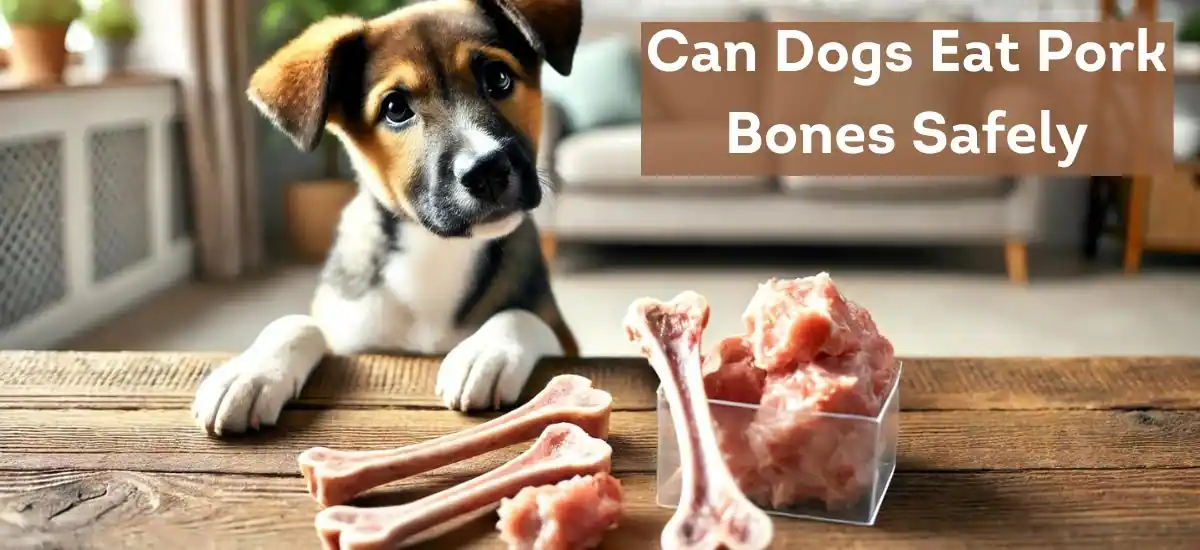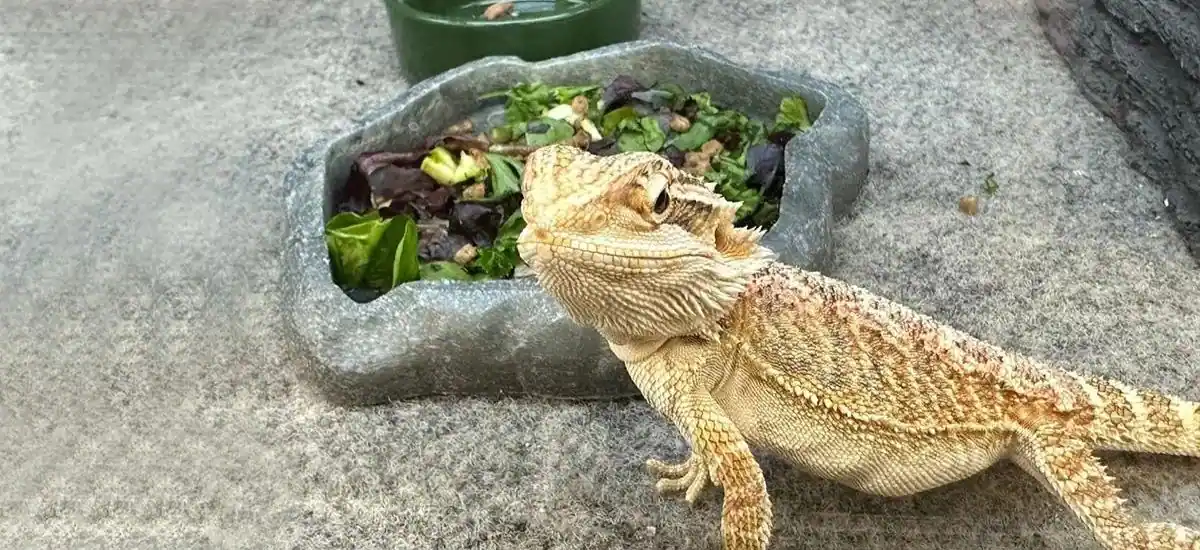No, dogs should not eat pork bones due to significant risks such as choking, blockages, and internal injuries from bone splinters. While the idea of giving your dog a pork bone might seem like a natural treat, the potential risks involved cannot be ignored. From choking hazards to serious digestive tract injuries, the dangers are significant. By opting for safer alternatives and consulting with your veterinarian, you can ensure that your pet enjoys their chew toys without compromising their health. Remember, responsible pet ownership involves making informed decisions about what we allow our pets to consume.
Types of Pork Bones
Raw Pork Bones, cooked, and smoked—each with its own set of characteristics that can affect a dog’s health differently:
- Raw Pork Bones: Often considered by some pet owners as a natural option for dogs, raw bones are less prone to splinter compared to cooked bones. However, they carry risks of bacterial contamination like salmonella, which could be harmful to both pets and humans in the household.
- Cooked Pork Bones: Cooking changes the structure of the bone, making it more brittle and likely to splinter. These splinters can be sharp and dangerous, potentially causing serious internal injuries.
- Smoked Pork Bones: Similar to cooked bones, smoked bones are dried and often seasoned, which makes them prone to splintering. The added flavors and preservatives can also pose health risks, particularly to dogs with sensitive stomachs or dietary restrictions.
Each type of bone presents risks that warrant careful consideration before offering them to your dog.
Risks of Feeding Pork Bones to Dogs

Feeding pork bones to dogs is fraught with potential dangers, including:
- Choking Hazard: Bones can be the right size to get stuck in a dog’s throat, which is a direct and immediate threat to their life.
- Intestinal Blockages: Bone fragments, once swallowed, can get lodged in the intestines, causing blockages that might require surgical intervention.
- Mouth and Teeth Injuries: Bones can crack or break teeth upon chewing. Additionally, sharp bone splinters can cut gums and other parts of the mouth.
- Cooked Bone Risks: Particularly with cooked pork bones, the risk of splintering increases significantly. These splinters can pierce the stomach or intestines, leading to serious complications like peritonitis (inflammation of the abdominal lining), which is potentially life-threatening.
Understanding these risks is crucial for any dog owner considering giving pork bones as treats.
Veterinary Insights on Pork Bones and Dogs
Veterinarians generally advise caution when it comes to feeding pork bones to dogs. The consensus is that the risks often outweigh the benefits. Some key insights include:
- Risk of Disease: Raw pork bones can carry pathogens like salmonella, which pose a health risk not only to dogs but also to humans in the household.
- Digestive Issues: Even if a bone does not cause choking or blockages, it can still lead to constipation or severe diarrhea, depending on how the dog’s digestive system reacts to the bone material.
- Professional Recommendations: Many veterinarians recommend avoiding pork bones altogether and suggest safer alternatives for chewing satisfaction.
It’s important for dog owners to consult with their vet before introducing any new elements to their pet’s diet, especially items that could pose a risk of injury.
Safer Alternatives to Pork Bones
Considering the risks associated with pork bones, there are several safer alternatives that can satisfy a dog’s natural urge to chew:
- Rubber or Nylon Chew Toys: These are designed to be durable and safe for intense chewing without the risks of breaking apart.
- Specially Made Edible Chews: Many pet stores offer edible chews that are formulated to be digestible and safe for dogs, unlike typical meat bones.
- Rawhide Alternatives: Some newer rawhide alternatives, made from natural ingredients, provide the chewiness of rawhide without the associated risks.
How to Safely Give Bones to Dogs
If you decide to give your dog a bone, regardless of the type, following safety precautions is crucial:
- Supervision is Key: Always supervise your dog when they’re chewing on bones to react quickly if problems arise.
- Size Matters: Ensure the bone is large enough not to be swallowed whole but small enough for the dog to handle comfortably.
- Know When to Discard: Remove any bone that has been chewed down to a size that could be swallowed or has become small enough to pose a choking hazard.
These guidelines help minimize risks and ensure that your dog can enjoy a bone safely.
Signs of Distress After Eating Bones

After your dog has chewed on a bone, it’s critical to monitor them for any signs of distress that could indicate health complications. Watch out for the following symptoms:
- Vomiting or Gagging: Immediate reactions might indicate that a bone fragment is stuck in the throat.
- Lethargy: A sudden lack of energy can be a sign of internal blockages or pain.
- Abdominal Pain: If your dog is more sensitive to touch around the abdomen or appears hunched over, this could suggest a serious problem.
- Changes in Bowel Movements: Difficulty defecating, constipation, or finding blood in their stool are urgent signs that require immediate veterinary attention.
Being vigilant about these symptoms can help you act swiftly in the event of an emergency, potentially saving your dog’s life.
Frequently Asked Questions
Q1. Can dogs eat pork bones if they are cooked?
Ans: No, cooked pork bones are even more dangerous because they are more likely to splinter, causing serious internal injuries.
Q2. Are there any safe bones for dogs?
Ans: Some raw bones can be safer under supervision, but always consult with a veterinarian to choose the safest option for your specific pet.
Q3. What should I do if my dog shows signs of distress after eating a bone?
Ans: Immediately contact your veterinarian. Quick response to symptoms like vomiting, gagging, or lethargy can be crucial.
Q4. How can I satisfy my dog’s chewing instinct safely?
Ans: Opt for veterinarian-approved chew toys or safe edible chews designed specifically for dogs, which provide the same satisfaction without the risks associated with bones.
Conclusion
While the idea of giving your dog a pork bone might seem like a natural treat, the potential risks involved cannot be ignored. From choking hazards to serious digestive tract injuries, the dangers are significant. By opting for safer alternatives and consulting with your veterinarian, you can ensure that your pet enjoys their chew toys without compromising their health. Remember, responsible pet ownership involves making informed decisions about what we allow our pets to consume.





